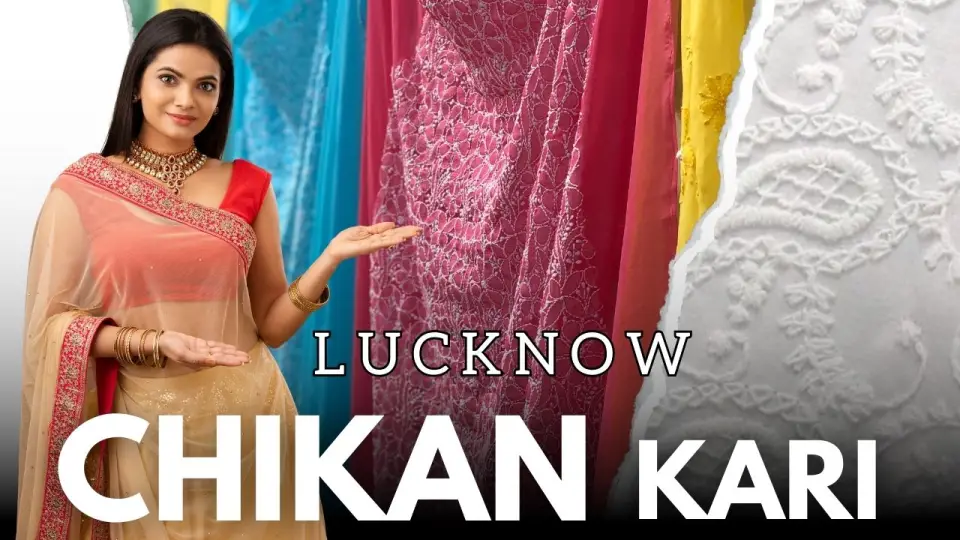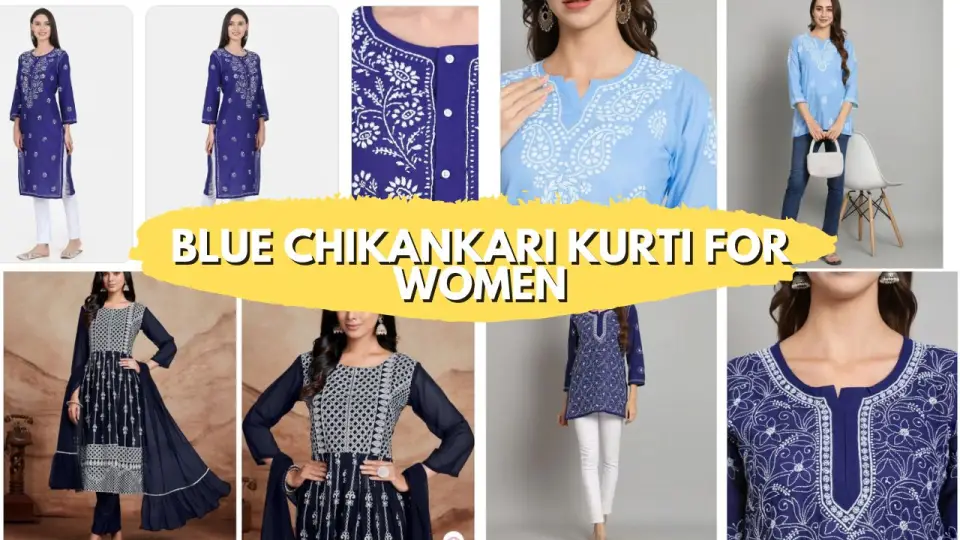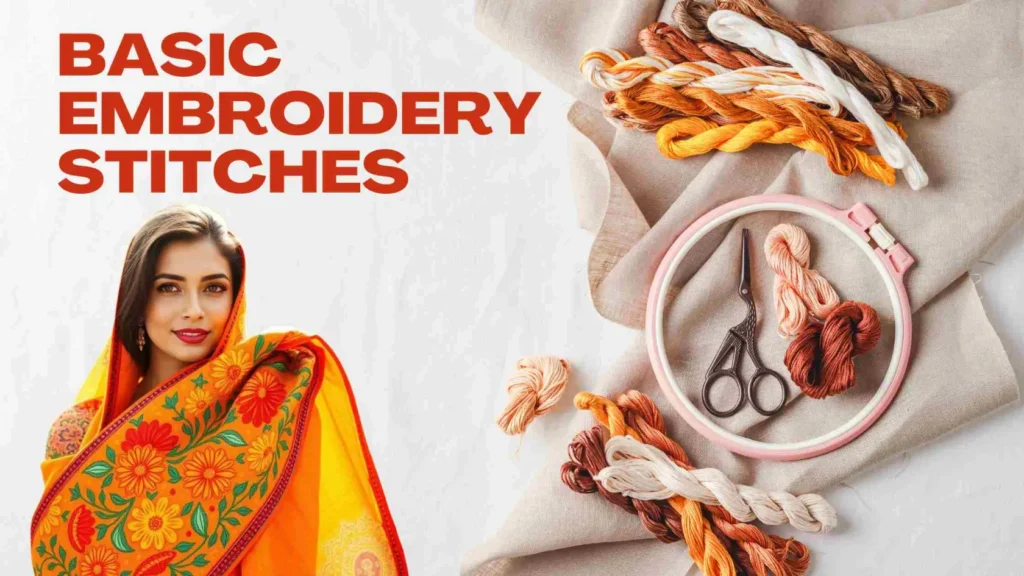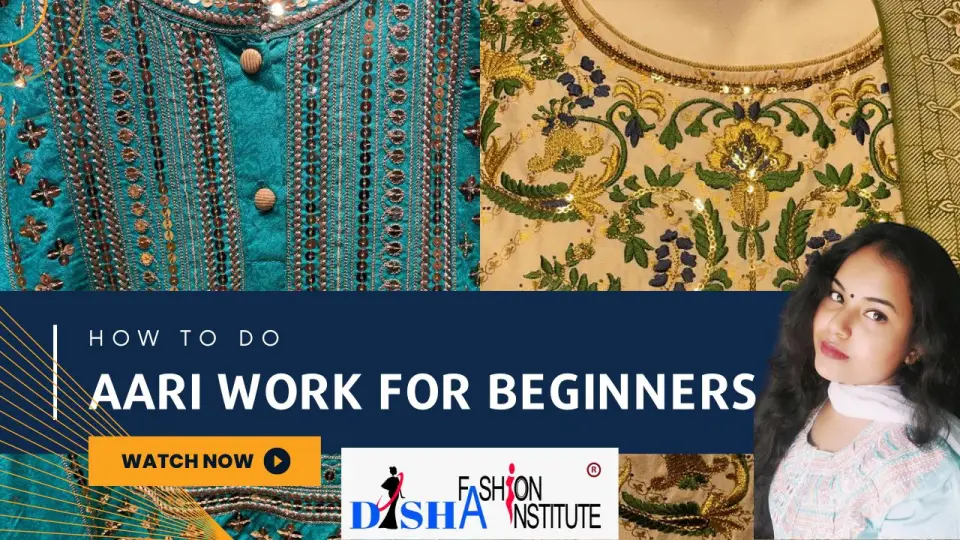History of Chikankari Embroidery: A Timeless Art from Lucknow
Chikankari, a traditional embroidery style, is a hallmark of Indian craftsmanship, particularly associated with the city of Lucknow. This delicate and intricate embroidery technique has not only survived the test of time but has also continued to evolve, blending tradition with contemporary fashion. In this blog, we will delve into the fascinating world of Chikankari, exploring its origins, history, techniques, and enduring charm.
Table of Contents
Origins of Chikankari Embroidery
Chikankari, which literally translates to ’embroidery,’ has its roots in the Persian city of Shiraz. The term “chikan” is believed to be derived from the Persian word “chakin” or “chik”, which means embroidery. This art form found its way to India through various channels, notably during the Mughal era.
Persian Influence and Mughal Patronage
The introduction of Chikankari to India is often credited to Noor Jahan, the Persian wife of Mughal Emperor Jahangir. Noor Jahan was known for her love of art and her influence in popularizing Persian crafts in India. Under her patronage, Chikankari flourished in the Mughal court, becoming a favorite among the nobility. The intricate designs and delicate craftsmanship of Chikankari made it a symbol of elegance and sophistication in the royal courts.
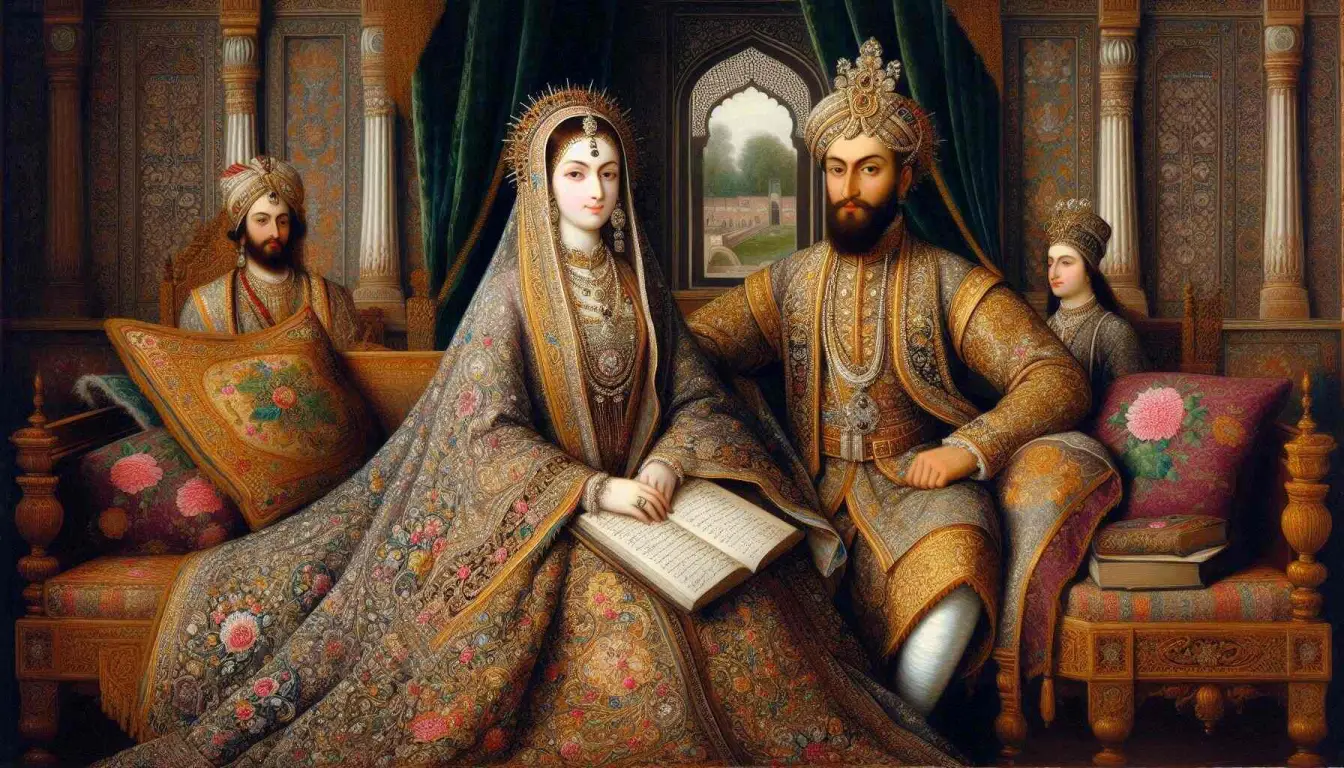
However, another story tells of a Persian traveler and a Chikankari craftsman who taught the Chikankari work to a peasant in return for shelter and water during the travel, and this is how the Chikankari entered India.
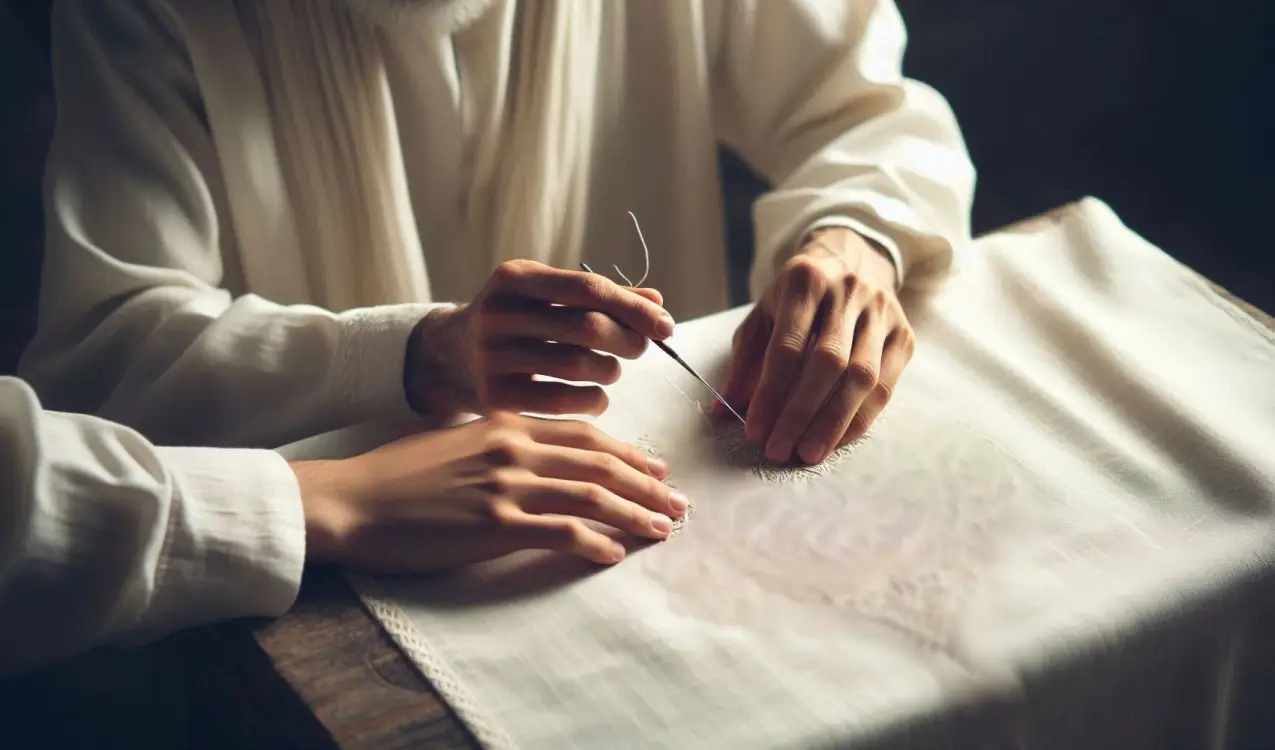
The Historical Journey of Chikankari
Ancient Mentions and Early Practices
Embroidery has a long history in India, with references dating back to ancient times. Megasthenes, a Greek ambassador to the Indian court in the 3rd century BCE, mentioned Indian embroidery in his accounts. However, it was during the Mughal era that Chikankari gained significant prominence. The Mughal emperors, known for their patronage of arts and crafts, provided a fertile ground for Chikankari to develop and thrive.
Regional Centers and Decline
Chikankari became a prominent craft in several regions, including Avadh (Oudh), Dhaka, and Murshidabad. Each of these centres developed its unique style and techniques. However, the decline of regional courts in the 18th and 19th centuries led to a downturn in the Chikankari industry. The Murshidabad court’s fall and the Mughal court’s decline resulted in a migration of artisans to Lucknow, where Chikankari found a new home. In Lucknow, the craft was embraced and nurtured, becoming an integral part of the city’s cultural identity.
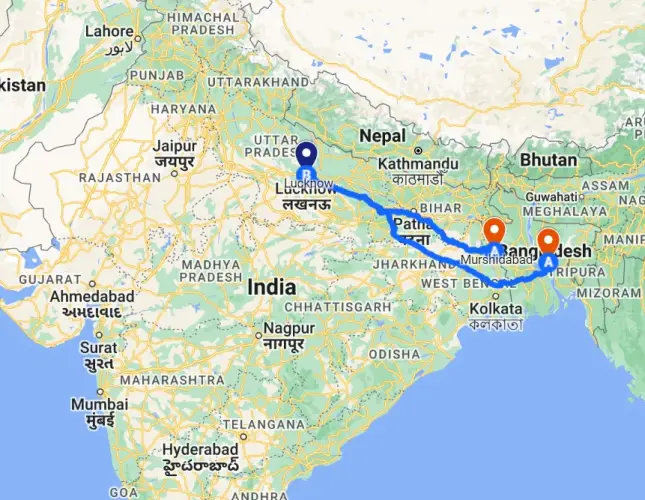
The Techniques of Chikankari
Chikankari is renowned for its intricate and delicate work, traditionally done with white thread on white muslin cloth, often called “white-on-white” embroidery. There are 32 different types of stitches used in Chikankari, but five basic stitches form the foundation:
Tepchi: A simple running stitch that creates a fine outline. It is often used to outline motifs or create a base for further embellishments.
Bakhiya: Also known as the shadow stitch, it creates a shadow effect on the fabric. This stitch is typically done on the reverse side of the fabric, creating a shadow-like effect on the front.
Hool: A fine stitch used to create small, delicate motifs. It is commonly used to make floral patterns and intricate designs.
Murri: A knot-like stitch used for embellishing motifs. This stitch adds texture and depth to the embroidery, making the motifs stand out.
Jali: A mesh-like stitch that gives a lace-like appearance to the fabric. It is often used to create a net-like effect, adding a touch of elegance to the design.
These stitches are combined to create intricate patterns and motifs, often inspired by nature, including flowers, leaves, and paisleys. The art of Chikankari requires great skill and patience, as each stitch must be executed with precision to achieve the desired effect.
The Modern Revival of Chikankari
Contemporary Relevance and Fashion
Despite the challenges faced during historical declines, Chikankari has witnessed a resurgence in modern times. Fashion designers and artisans have embraced this traditional craft, incorporating it into contemporary clothing and accessories. Chikankari now adorns sarees, kurtas, dupattas, and even modern Western wear, appealing to a global audience. The blend of traditional craftsmanship with modern designs has made Chikankari a favorite among fashion enthusiasts in India and abroad.
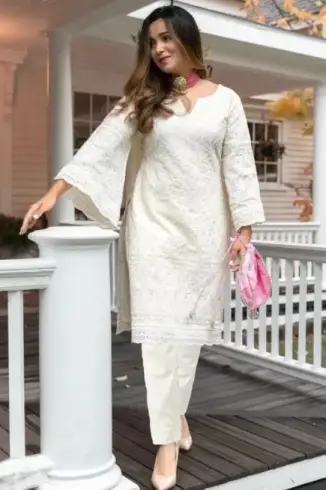
Cultural Heritage and Preservation
Chikankari thrives in Lucknow, with numerous workshops and artisans dedicated to preserving and promoting this art form. Experts like Ms. Huma Baker play a crucial role in teaching and passing down the techniques of Chikankari to new generations, ensuring its continuity and evolution. Organizations and NGOs are also working to support Chikankari artisans, providing them with the resources and platforms to showcase their work. This collective effort has not only helped preserve the heritage of Chikankari but has also provided a livelihood to many artisans, ensuring the sustainability of this beautiful craft.
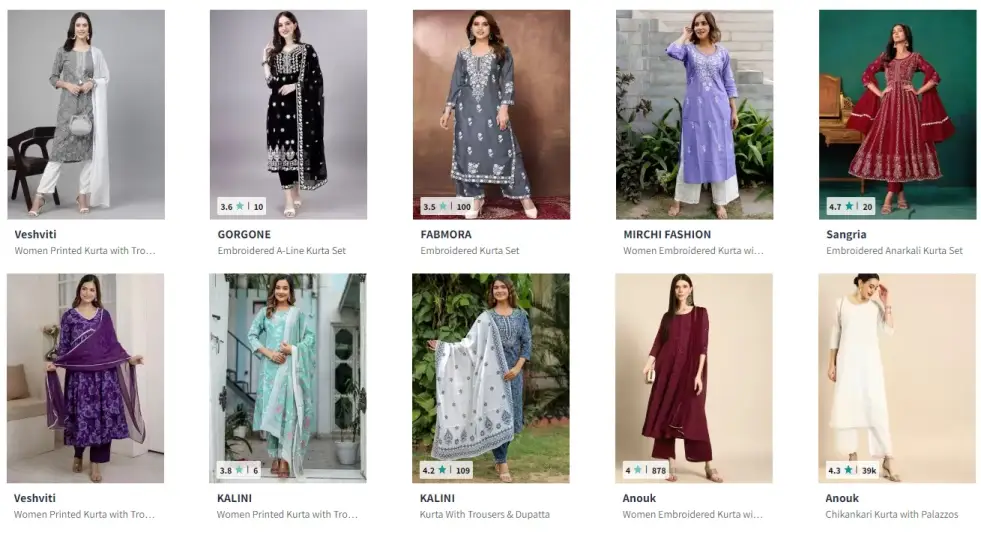
Geographical Indication (GI) Status
2008 Chikankari was honored with the Geographical Indication (GI) status, underscoring its distinct origin and unique qualities. This designation ensures that only genuine Chikankari, crafted within the specified region of Lucknow, can bear the name, thereby protecting the traditional craft from counterfeit versions and preserving its rich heritage.
The GI status is vital in maintaining the authenticity and quality of Chikankari. It helps promote the traditional embroidery techniques meticulously handed down through generations. This recognition not only celebrates the intricate artistry of Chikankari but also supports the artisans dedicated to this exquisite craft.
Chikankari remains a beloved art form, showcasing its craftsmen’s remarkable skill and creativity. The GI status has also had a significant economic impact, providing numerous artisans with sustainable employment opportunities. This supports their livelihoods and contributes to the local economy, highlighting the importance of preserving traditional crafts.
Buy Blue Chikankari Kurta for Women
Conclusion
Chikankari embroidery is more than just a craft; it is a testament to India’s rich cultural heritage and artistic legacy. From its Persian origins to its flourishing in Mughal courts and its contemporary revival, Chikankari embodies timeless elegance and intricate craftsmanship. As it continues to evolve, this beautiful art form remains a cherished symbol of Lucknow’s artistic soul, captivating hearts worldwide with its delicate charm. Whether it’s the intricate stitches or the cultural significance, Chikankari is a remarkable example of the enduring beauty of traditional Indian embroidery.

